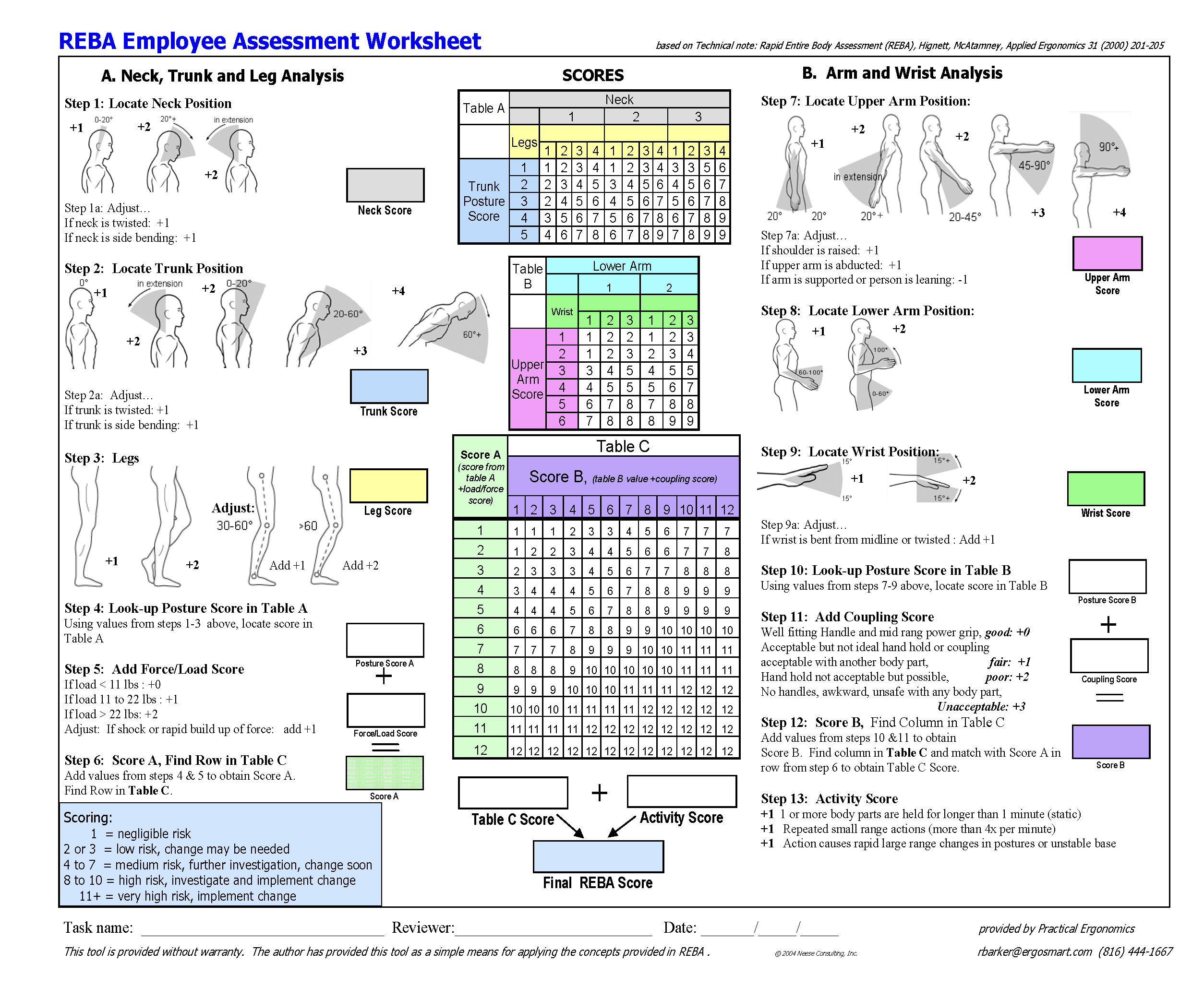AI 201: Applied AI and the Future of Workplace Safety

Chris Skipper
April 24, 2025Applied AI makes workplaces safer by using computer vision to identify complex safety risks in real time.
Welcome to the second installment of AI for Safety Pros, Voxel’s educational series of blog posts and webinars. Our goal here is to help demystify Artificial Intelligence in workplace safety and demonstrate how helpful it can be to safety professionals.
Our first blog post and webinar of the course, AI 101: Smarter Tech, Safer Workplaces, covered four categories of AI and how they can each be applied to help make workplaces safer.
Today, we zoom in on the Applied AI of Computer Vision and take a close look at some of its amazing results improving workplace safety. I was lucky enough to host our AI 201 webinar with Vai Viswanathan, Voxel’s Lead Engineer of Perception. This post serves as a companion to that webinar, which you can watch right here.
Understanding Applied AI & Computer Vision
As we covered in AI 101, artificial intelligence can widely be thought of as computer systems that mimic human cognitive functions. AI uses these cognitive functions to solve complex problems that are traditionally challenging for computers. These systems can be thought of in terms of four categories: deep learning, robotics, generative AI, and computer vision.
When people talk about “Applied AI,” they are referring to how these computer systems are applied in the real world (or IRL, as the kids say. Do they still say that? We’re very cool here).
So we want to dive into Voxel’s core mission: making workplaces safer using Applied AI for good. The AI that we primarily apply is Computer Vision. Our computer vision AI uses existing security cameras to interpret visual data in real-time, allowing safety professionals to track and improve ergonomics, PPE compliance, vehicle safety, area controls, and operational efficiency.
If you want to see more examples than we can cover here, take a look through our case studies to see how Voxel has significantly helped workplaces in each of these categories. But today we’re going to focus on how our Applied AI helps companies improve ergonomics.
Since we’re analyzing everything at scale, we’re able to provide critical safety data to you in interactive dashboards, impact boards and heatmaps. Then, you’re able to take that back to your team and collaborate to create a safer work culture for everybody.” Vai Viswanathan
Ergonomic Risk Assessment
Overexertion and bodily reaction injuries are the leading occupational injury type, significantly affecting workers' health and productivity. The average company cost for an ergonomic injury is $35,000 and fourteen days of missed work. More importantly, the human cost to workers’ quality of life at home can be devastating.
Finding efficient ways to measure and mitigate ergonomic risk has been a challenge for ages. There are some great traditional assessment methods, such as posture scoring tools. But when conducted manually, these are all labor-intensive, episodic, limited by sample size, and subject to the bias of whoever is conducting the assessment.
This is not to say that the professionals conducting assessments are maliciously biased or coming into these tests with agendas, but that observational bias is impossible to eliminate when people are making subjective judgements. We all enter every situation with a set of experiences that inform our thinking. And more importantly in this case, we can only make assessments based on the limited information in front of us. Voxel’s Computer Vision solves this problem by using Applied AI to measure ergonomics. This allows organizations to gain a better understanding of how the work is actually being done, as opposed to how we imagine it to be completed. We address observational bias and the other traditional limitations in six huge ways:
- Continuously assessing ergonomic risks using existing CCTV infrastructure.
- Converting 2D footage into accurate 3D pose estimation, providing detailed ergonomic risk quantification.
- Overlaying a digital exoskeleton onto workers in the video feed, precisely quantifying ergonomic risk factors like awkward postures, forceful exertions, and repetitive motions. Then, instantly providing REBA inspired (Rapid Entire Body Assessment) scores. Figure 1.1.
- Offering real-time monitoring that enables proactive interventions and tracking trends across multiple work sites.
- Providing heat maps that show safety professionals where the highest risk of ergonomic injuries exist on any work floor.
- Quantifying the impact of new safety measures by using leading indicators to constantly reassess risks.

Ergonomic Results
We have seen amazing results when workplace safety professionals learn from Voxel’s Applied AI. To cite just one example, a company installed our Computer Vision AI on the floor of a food processing plant.
They were surprised by the amount of risky ergonomic behavior they found surrounding manual palletizing of product. Our Computer Vision AI identified 650 instances of improper bends in the first month. That data allowed for safety professionals to quantify the risk of these improper bends, then successfully advocate for more employee education and the installation of $6,000 pallet levelers (a relatively inexpensive solution to a potentially high cost problem).
In the following three months, the results were excellent:
- Ergonomic risks were decreased by 75%.
- Over 1,900 high-risk lifting incidents were avoided within just 90 days.
- A 30% reduction in total recordable injury rates (TRIR) was achieved, even as productivity improved by 25%.
Bonus: PPE and Forklifts
While ergonomics is the big example in this post, I would be remiss not to mention a couple of impressive PPE and Forklift use cases.
Our Applied AI can detect whether workers are wearing their required PPE, even if it would be tricky for you or me to see from across a workfloor. Voxel’s computer vision can identify the safety vests, helmets, and other PPE types. But that’s not all! Thanks to extensive training, it can also recognize unusual PPE styles—like cowboy hard hats in Texas or festive Santa hats worn over safety helmets around the holidays, a testament to the continuous learning of Voxel’s applied AI. Ensuring PPE compliance may seem basic, but it's fundamental to building a culture of safety, and now can be efficiently monitored thanks to computer vision.
Forklifts and vehicles are involved in many (and often the most costly) workplace incidents. Voxel’s computer vision continuously watches vehicle speeds, intersection behaviors, and how closely forklifts get to people or each other. This constant visibility helps spot risky situations, like near-misses, long before they become actual accidents. And if you want to nerd out with us about the complexities of training AI to recognize all these risks, I definitely recommend watching Vai and I get into it in the AI 201 webinar.
Applied AI Makes Workplaces Safer
Applied AI, and particularly computer vision technology, offers a transformative approach to workplace safety. To review (though there is no final exam), here are a few huge benefits of using Applied AI for workplace safety:
- Elimination of the observational biases and inefficiencies inherent in traditional, episodic manual risk assessments.
- Proactive rather than reactive safety management, allowing identification of safety hazards in real time.
- Continuous and comprehensive safety monitoring, substantially increasing oversight capabilities for workplace safety professionals.
- Providing Data-rich, context-driven information, which helps companies make decisions by quantifying the impacts of safety interventions.
Applied AI can significantly cut down on workplace injuries, improving both employee well-being and productivity. With AI on their side, businesses can build safer, more efficient workplaces.
Get in touch with us today if you’d like to know more about how Voxel can help revolutionize your workplace safety operations. And make sure to look out for our next webinar… AI 301 for Safety Pros.